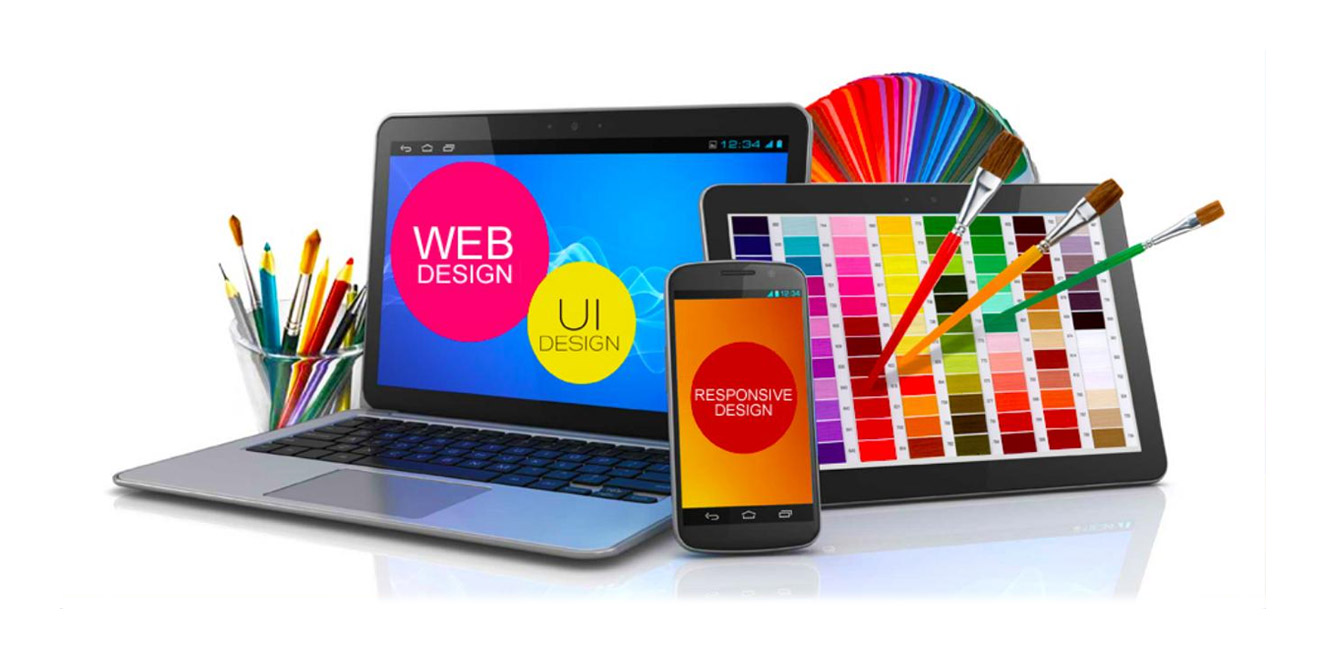Design is an amalgamation of several things as it draws inspiration from varied fields and areas. In today’s day and age, apart from emotions, intelligence and aesthetics, technology too plays a vital role. Service design is one such modern-day design influenced by marketing, project management and user experience to enhance services. Let us see what service design is and its principles in detail.
What is Service Design?
The term ‘Service Design’ originated in the year 1991 as a design discipline by Professors Michael Erlhoff and Brigit Mager at Köln International School of Design. Service design is an evolving field with no strict definition. However, in practice, service design can be defined as – ‘The process in which the designer focuses on creating optimal service experiences.’
It can thus be said that service design is a customer-first design that takes into account the needs of the customer, so that the design is user-friendly, competitive in the market, as well as, relevant to the customer.
For example, imagine a Food Delivery App where the primary idea is to connect the restaurant to the client (the one ordering food). Here, there are a host of employees ranging from the delivery agent, head of the delivery app, manager of the restaurant, and waiter. Service design focuses on how the Food Delivery App connects to the restaurant and delivers it to the customer on time. This includes placing the order to the restaurant on behalf of the customer, to onboarding new delivery agents, communication between the delivery agent and the restaurant manager, as well as, manager and the waiter. Each segment plays an important role in the food that is delivered to the customer, even though it is not directly a part of the customer experience.
You can map service design using a service blueprint. Service blueprint helps to visualise processes to optimise how a business delivers the user experience.
The 5 Principles of Service Design
We’ve covered the definition of service design, let us now move on to understanding the practical application of the design and its principles. We’ll also see, what it is that differentiates service design from UX.
‘This is Service Design Thinking’, by Marc Stickdorn and Jakob Schneider, is one of the foremost books outlining the five basic principles that dominate service design.
- User-centred – users are the centre of consideration and are to be analysed through qualitative research. Here ‘Users’ are both, the organisation’s employees, as well as customers. Thus, service design considers not just the user/customer experience but also the interest of all the relevant people involved in the process.
- Co-creative – co-creative is essentially a combination of ‘Collaboration’ and ‘Iteration’. ‘Collaboration’ signifies the process of creation by all the contributors from different backgrounds. Whereas, ‘Iteration’ is used to define that service design is an iterative (continuous) process that’s ever-evolving to keep in-line with the changes in a business.
- Sequencing – dividing complex services of a
customers journey into independent processes. This division of service
is usually done logically, visually and rhythmically. Sequencing helps
determine the timeline of a project, as it is important for the customer
and helps in determining the outcome.
For instance, if you have an e-commerce website selling products only in a particular region, it is important to highlight that the deliveries won’t ship internationally right at the start. This saves the customer’s time, and they won’t browse your website, as well as, you would also not need to analyse the journey of the customer who won’t purchase your product. - Evidencing – visualising the service experiences
and making them real. Simply put, what this means is that service is
usually invisible or intangible whereas the products are tangible items.
The idea of service design is to bind the tangible and intangible
together so that the invisible becomes real.
For example, if you run an organic cafe with all the ingredients being local produce, how would your customer know it is organic? The answer is easy, you let them know. Until you inform your customers about the source of your ingredients, it remains an intangible service for them because they have no idea what’s on their plate or how it differs from another cafe. Evidencing ensures that you’re providing your customers with a quality experience. Which, in turn, helps you build your brand image as an ‘organic’ cafe. - Holistic – service design rests on the principle of combining tangible and intangible services. Here the context is important, as well as, taking the entire experience of the service into account. What this means is, every customer is different and as such, would take a different route to complete their journey. As a service designer, it is imperative to think about each aspect, and every perspective to make sure there are no loop-holes. That whichever path the customer takes the end goal remains the same.











Leave A Comment
You must be logged in to post a comment.